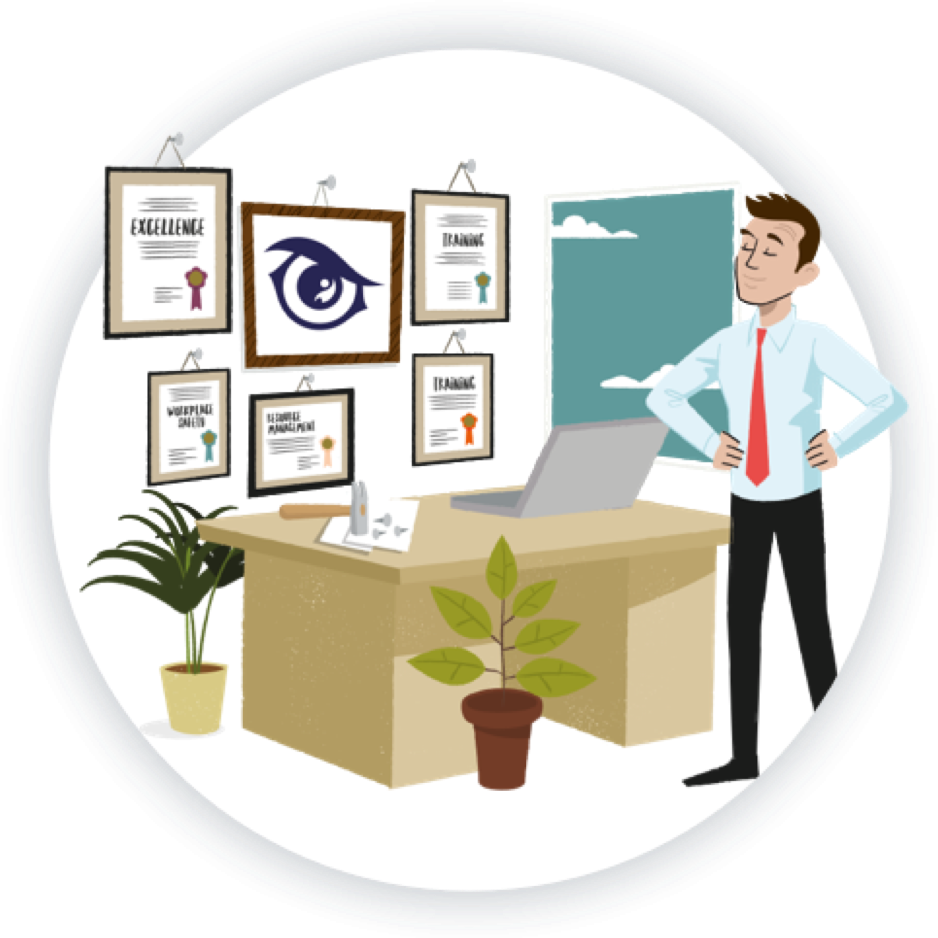Product Designer
Job Description:Product designers create new products and improve existing ones.
Job Category:What you will do:
In your day-to-day duties you could:
- discuss what your client wants
- investigate how existing products work or how services are used
- develop ideas and make initial sketches or outline plans
- decide on suitable materials or resources
- use computer design software to produce detailed blueprints
- make samples or working models, known as prototypes
- test and refine designs
Skills:
You’ll need:
- design skills and knowledge
- understanding of technology, materials and manufacturing methods
- to be able to use a computer and the main software packages competently
As well as:
- the ability to come up with new ways of doing things (creativity)
- to be thorough and pay attention to detail
- analytical thinking skills
- persistence and determination (drive)
- thinking and reasoning skills
- complex problem-solving skills

Entry Requirements:
To become a product designer, you should aim to take GCSE subjects that will provide a strong foundation for your future education and career in design. While there are no strict GCSE subject requirements for becoming a product designer, the following subjects and skills can be beneficial:
- Art and Design: This is perhaps the most important GCSE subject for aspiring product designers. It provides a solid foundation in creative thinking, design principles, and artistic skills. It can help you develop a strong portfolio of work.
- Design and Technology (D&T): D&T is a subject that directly relates to product design. It covers topics such as materials, manufacturing processes, and design methodologies. It can provide practical knowledge that is directly applicable to your future career.
- Mathematics: Basic mathematical skills are important for measurements, calculations, and understanding dimensions in product design.
- Physics: Physics can be helpful for understanding the mechanical aspects of products, especially if you plan to design products that involve complex mechanisms or electronics.
- Computer Science: In the modern design world, digital design tools and computer-aided design (CAD) software play a significant role. Familiarity with computer science and CAD software can be a valuable asset.
- Business Studies: Understanding business and marketing principles can be beneficial if you plan to work as an independent designer or if you want to get involved in the business aspects of design.
- Resistant Materials: If offered, this subject can provide hands-on experience with materials commonly used in product design.
- Graphics: Graphics can help you develop skills in visual communication, which is essential for creating effective product designs and prototypes.
While these subjects can be advantageous, they are not strict prerequisites for entering a product design program at the university level. What’s most important is your passion for design and your ability to demonstrate your creativity, problem-solving skills, and design potential in your portfolio.
Post School
You can get into this job through:
- a university course
- an apprenticeship
University
You could do a foundation degree, higher national diploma or degree to get into this career. Useful subjects include:
- design
- product design
- industrial product design
- engineering
You could also do a course covering a particular industry, which has design options. Examples include automotive engineering and furniture design.
Getting work experience during your studies can improve your job prospects.
Your university careers service can help you to find suitable placements, internships and year in industry opportunities.
Apprenticeship
You could do an engineering product design and development degree apprenticeship.
This typically takes 60 months to complete as a mix of workplace learning and academic study at an approved university.
Career tips
Entering design competitions and exhibitions can be a good way of getting yourself noticed by employers.
You’ll need to show employers that you have creative skills, technical knowledge and the ability to work to a design brief. This will usually involve presenting a portfolio of your design work to them.
Working Hours and Environment:
A typical week consist of 40-42 hours of work. You could be required to work evenings/weekends occasionally.
You could work in a workshop, in a creative studio or in an office.
Career Path & Progression:
With experience, you could progress to senior designer, then creative director.
You could also move into project management or design management.